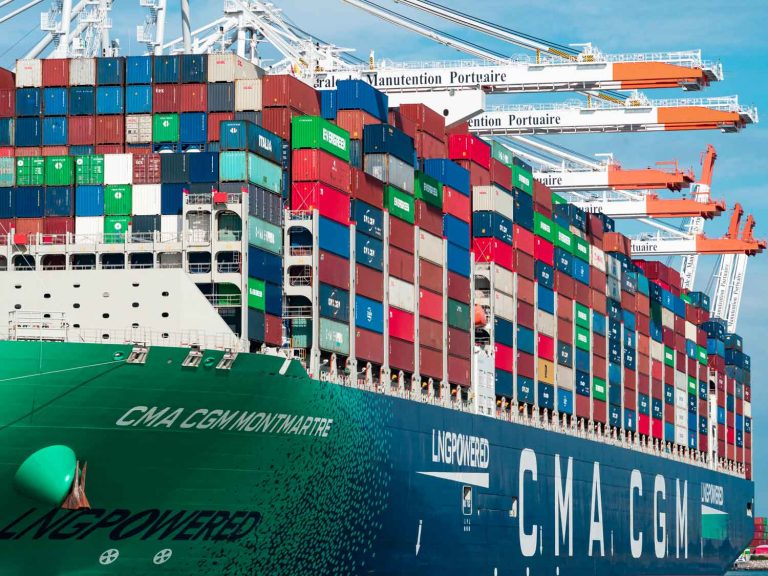
Date:
Shipping lines fighting to protect rates
In an attempt to recover operations back into the black and jettison unprofitable cargoes, the container shipping lines have deferred FAK freight rate increases from Asia until December, after their planned November GRIs failed.
The Asia-North Europe rate increases, that were due to be valid from 1st November have been supported by radical capacity management and they did have some impact on the market when they were initially announced, but with some carriers now delaying their imposition, it is unlikely that the market will get much traction with increases in November.
It’s not only on the import routes that carriers need to push up rates, export prices to Asia have also struggled, with container shipping lines imposing FAK base rates – effectively another GRI – to recover revenue.
On the trans-Pacific, carriers have underpinned spot rates with a huge blanking programme around the Chinese Golden Week holiday, which peaked last week with west coast terminals receiving 19 fewer vessels than advertised.
Despite the blanking programme west coast imports bounced back with volumes up 14% and 19% respectively at the ports of Los Angeles and Long Beach, year on year, due to rising consumer demand, the new labour agreement and Panama Canal transit restrictions impacting east coast services.
With the record-breaking post-pandemic rates a distant memory, the container shipping lines are under considerable financial pressure, particularly on the east-west routes, and loss-making voyage results cannot be sustained for much longer.
It’s not practical to expect shipping lines to keep losing money on key routes out of Asia and maintain reliable services, particularly when they are effectively subsidising many routes. It is ultimately in the shipper’s interest for rates to return to sustainable levels, so that shipping lines are incentivised to provide regular, reliable services.
The container shipping market will remain oversupplied in 2024, and while the supply/demand gap is likely to close due to more scrapping and emissions-based slow-steaming, it is by no means certain that rates will recover.
Sea freight markets are extremely dynamic, and particularly so from China and Asia, that means that rate fluctuations and blanked sailings have a profound impact, which is why we work closely with our carrier and network partners, to protect and identify opportunities for our customers.
Whatever challenges your supply chain may face, our sea freight team leverage long-term ocean carrier relationships and group buying-power to deliver cost-effective, resilient and reliable ocean solutions.
If you have any questions or concerns about your supply chain or the developments outlined here, please EMAIL our Chief Commercial Officer, Andy Smith.
